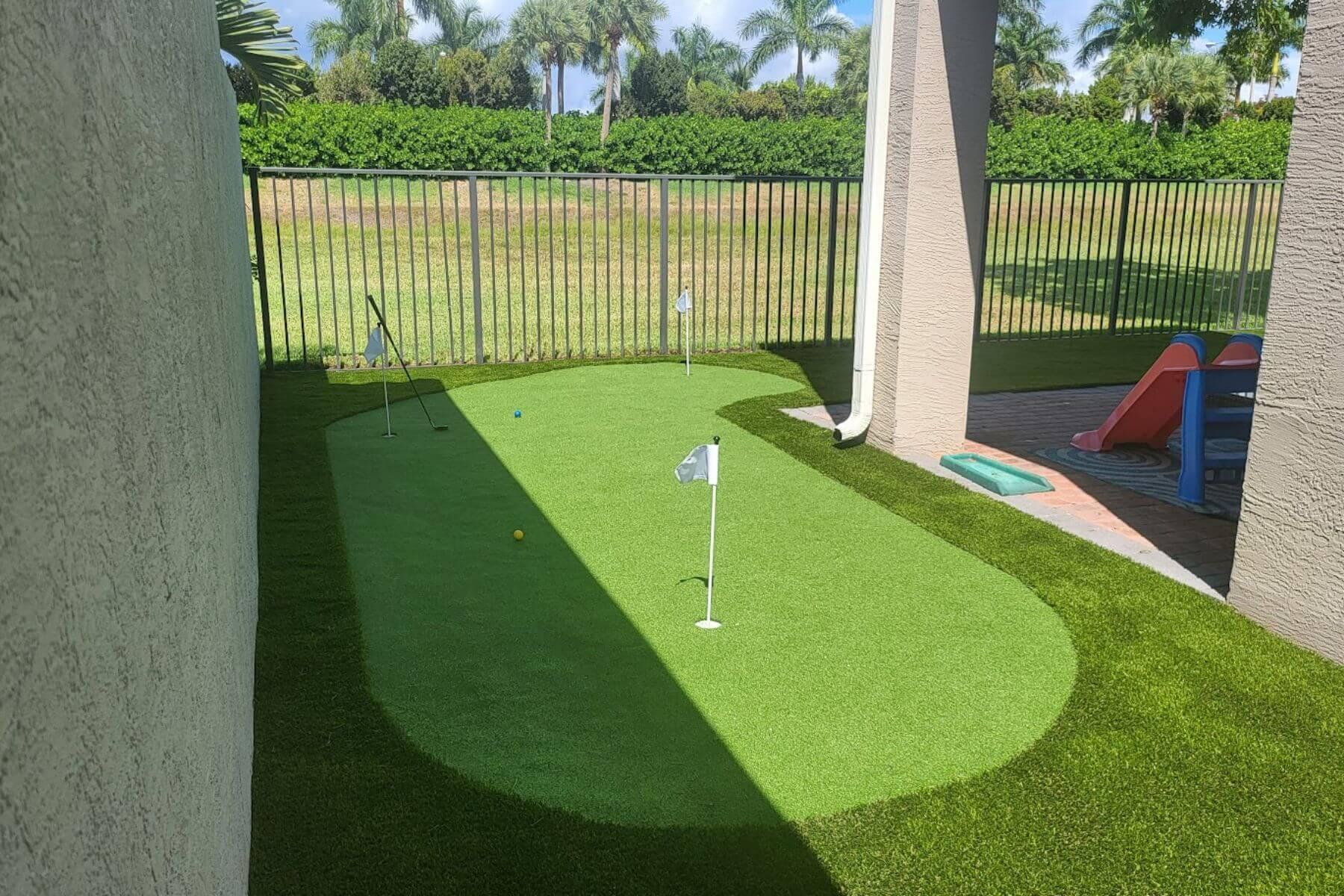When envisioning the perfect outdoor retreat, most homeowners crave a lush, green lawn that remains flawless year-round. Yet achieving that dreamy yard can be both time-consuming and costly. Fortunately, with the advancement of landscaping materials, incorporating artificial grass for backyard spaces has emerged as a game-changer.
Whether you’re seeking a low-maintenance lawn, a safe play area for children, or a durable surface for entertaining, synthetic grass installation is revolutionizing the way we think about traditional turf. This article explores how integrating artificial grass for backyard use elevates your overall landscaping strategy.
Why Choose Artificial Grass for Backyard Landscaping?
Traditional grass requires mowing, watering, fertilizing, and weeding—an endless cycle of upkeep. With artificial grass for backyard areas, homeowners enjoy consistent beauty without the burden of ongoing maintenance. Here are some compelling reasons to consider it:
-
🟢 Water conservation: Artificial turf reduces water usage by up to 70%, which is critical in drought-prone regions.
-
🟢 All-season aesthetics: No brown spots in winter or patchy areas during heatwaves—your lawn stays green all year.
-
🟢 Cost-effective: Although the upfront cost of synthetic grass installation may be higher, long-term savings on water bills, lawn services, and fertilizers quickly add up.
The Science Behind Synthetic Grass
Today’s synthetic grass installation offers a realistic appearance thanks to advanced fiber technology. High-end turf includes multi-toned blades, brown thatch layers, and soft textures that mimic natural grass. Most products are UV-stabilized to prevent fading, and the backing systems are engineered for optimal drainage.
The result? A pristine lawn that looks and feels natural—without the mess.
Designing a Landscape with Artificial Turf
Integrating artificial grass for backyard landscaping isn't about replacing your entire yard with turf. Instead, it opens up new design possibilities:
-
Pet-Friendly Zones
Create durable and mud-free zones where pets can roam freely. Artificial turf resists digging, staining, and odors when paired with proper infill and drainage systems. -
Outdoor Living Areas
Use turf as a foundation for outdoor lounges, fire pits, or shaded pergolas. The soft surface adds comfort and style while reducing dust and mud. -
Children’s Play Spaces
Many families opt for synthetic grass installation beneath swing sets or jungle gyms. The cushioned surface can be paired with shock-absorbing underlayers for added safety. -
Poolside Landscaping
Say goodbye to soggy grass and muddy footprints. Turf dries quickly and remains slip-resistant, making it perfect for areas around pools. -
Garden Path Accents
Combine artificial grass for backyard areas with stone pathways, flower beds, and seating zones. This layered approach enhances visual appeal and functionality.
How Synthetic Grass Installation Works
Professional synthetic grass installation is a multi-step process that requires planning and precision. Here's a breakdown:
-
Site Evaluation
The first step involves measuring the area, checking for irrigation lines, and assessing the soil and grading for proper drainage. -
Excavation and Base Prep
Installers remove existing grass or soil to a depth of 3–4 inches. A base layer of crushed stone is then compacted to create a stable foundation. -
Weed Barrier and Drainage
A geotextile fabric is installed to prevent weed growth. Additional drainage channels may be added depending on the location. -
Turf Installation
The artificial grass for backyard area is rolled out and cut to shape. Seams are joined using special adhesive and seam tape. -
Infill Application
Silica sand or rubber crumb is brushed into the turf blades. This helps the blades stand upright and adds weight for stability. -
Final Grooming
The turf is power-brushed for a clean finish and to fluff the grass. At this point, the area is ready for immediate use.
Cost Considerations
The cost of synthetic grass installation typically ranges from $8 to $15 per square foot, depending on the quality of materials and complexity of the job. While this may seem steep compared to sod, the lack of maintenance and long-term durability—often 15–20 years—make it a smart investment.
Environmental Impact
Contrary to the myth that artificial turf is harmful to the environment, many modern products are made from recycled materials and are themselves recyclable. Plus, eliminating the need for gas-powered mowers and chemical treatments makes artificial grass for backyard areas an eco-conscious choice.
Maintenance Tips
Even though turf is low-maintenance, a few simple tasks will keep it looking its best:
-
Rinse the surface monthly to remove dust and debris
-
Use a plastic rake to fluff the blades and remove leaves
-
Spot clean with mild soap and water for spills or pet waste
Conclusion: Landscaping with Artificial Grass Just Makes Sense
The blend of beauty, practicality, and sustainability makes artificial grass for backyard projects an attractive option for modern homeowners. When executed properly, synthetic grass installation enhances curb appeal, boosts property value, and transforms outdoor living.
As part of your long-term landscaping strategy, artificial turf is no longer just a trend—it’s a smart, stylish, and sustainable solution.
Want to elevate your outdoor space with minimal upkeep? Consider integrating artificial grass for backyard use into your landscaping design—it’s the green that stays green.
